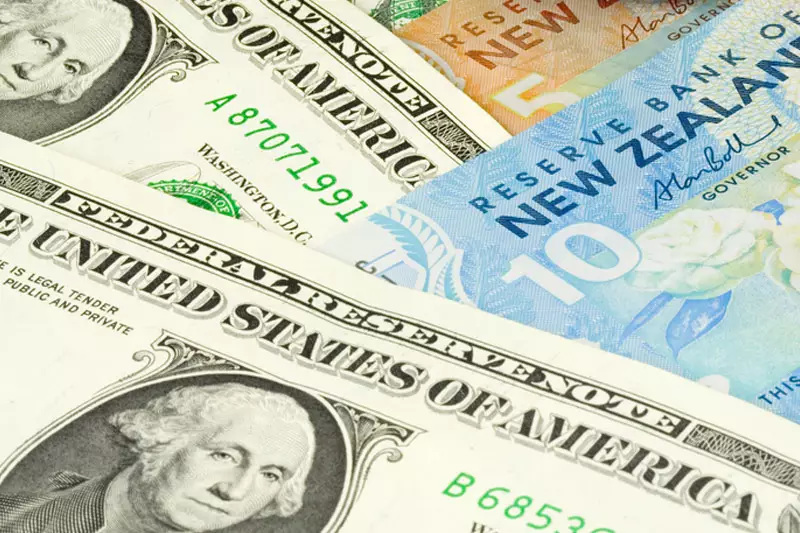After a soft U.S. producer inflation reading, most Asian currencies firmed while the dollar dropped, sparking hopes for deeper interest rate cuts. The dollar index and dollar index futures weakened slightly in Asian trade, coming close to an eight-month low hit earlier in August. This shift in market sentiment was a result of the producer price index inflation data affecting trader bets on potential rate cuts by the Federal Reserve.
The New Zealand dollar took a hit after the Reserve Bank of New Zealand unexpectedly cut interest rates. Despite Governor Adrian Orr stating that the bank had considered a larger reduction, market expectations remained focused on the impact of the rate cut on inflation reaching its annual target. The NZDUSD pair slid over 1%, making it the worst performer among broader Asian currencies.
Overall Trends in Asian Currencies
While the Japanese yen’s USDJPY pair steadied after strong overnight gains, improved market sentiment limited further strength in the currency. Second-quarter gross domestic product data from Japan is expected to influence the Bank of Japan’s decisions on rate cuts. On the other hand, the Australian dollar tracked weakness in the Kiwi but maintained strong gains due to a hawkish Reserve Bank of Australia.
The Chinese yuan’s USDCNY pair fell slightly, with investors awaiting industrial production and retail sales readings due on Thursday. The South Korean won’s USDKRW pair and the Singapore dollar’s USDSGD pair traded in a flat-to-low range. Meanwhile, the Indian rupee’s USDINR pair remained close to record highs, hovering near 84 rupees.
The current market environment is heavily influenced by expectations of potential interest rate cuts, particularly in the U.S. and New Zealand. As industrial production and retail sales readings are anticipated from various Asian countries, investors are closely monitoring economic data to gauge the future direction of currency markets. The Federal Reserve’s decisions on rate adjustments, along with other central banks in the region, will continue to play a significant role in shaping currency movements.

